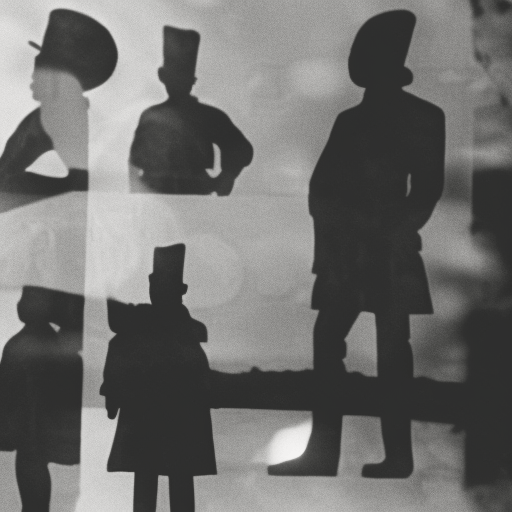Pablo Picasso: A Revolutionary Artist
Pablo Picasso, born on October 25, 1881, in Malaga, Spain, was one of the most influential artists of the 20th century. He is widely known for his role in the development of modern art and for his innovative and diverse artistic styles. Picasso’s work spanned various mediums, including painting, sculpture, ceramics, printmaking, and even stage design. His artistic career lasted for more than seven decades, during which he produced an estimated 50,000 artworks.
Early Life and Education
Picasso showed an early talent for art and began receiving formal training at a young age. His father, an art teacher, recognized his son’s talent and provided him with guidance and support. Picasso’s family moved to Barcelona in 1895, where he enrolled in the city’s School of Fine Arts. At the age of 16, he was admitted to the Royal Academy of San Fernando in Madrid, Spain’s most prestigious art school.
The Blue and Rose Periods
In his early career, Picasso went through several artistic phases. The Blue Period, which lasted from 1901 to 1904, was characterized by somber and melancholic paintings dominated by shades of blue. During this period, Picasso explored themes of poverty, isolation, and human suffering. The Rose Period followed, from 1904 to 1906, during which his palette shifted to warmer tones, and he depicted circus performers, acrobats, and harlequins.
Cubism and African Art Influence
Picasso’s most significant contribution to modern art came in the form of Cubism, a revolutionary movement he co-founded with Georges Braque. Cubism sought to depict objects from multiple perspectives, breaking them down into geometric shapes and reassembling them in an abstract manner. Picasso’s exploration of African art, particularly African masks, greatly influenced his development of Cubism.
Guernica and Political Activism
During the Spanish Civil War, Picasso created one of his most famous and politically charged works, “Guernica.” The painting, completed in 1937, depicts the bombing of the town of Guernica during the war. It is a powerful anti-war statement and a symbol of the horrors of war. Picasso’s involvement in political activism continued throughout his life, and he remained committed to various causes, including peace and human rights.
Later Years and Legacy
In his later years, Picasso continued to experiment with different styles and techniques. He explored sculpture, ceramics, and even created a series of lithographs. Picasso’s work continued to evolve, and he became an icon of modern art. His influence extended beyond the art world, shaping popular culture and inspiring subsequent generations of artists.
Conclusion
Pablo Picasso’s impact on the art world cannot be overstated. His innovative approach to art, from the Blue and Rose Periods to the development of Cubism, revolutionized the way artists approached their craft. Picasso’s ability to constantly reinvent himself and push the boundaries of artistic expression solidified his status as one of the greatest artists of all time. His legacy lives on, and his works continue to be celebrated and admired around the world.












